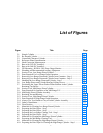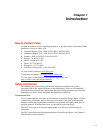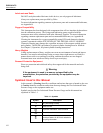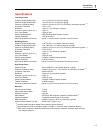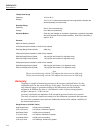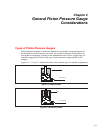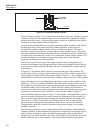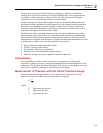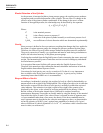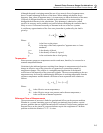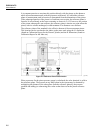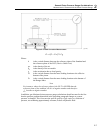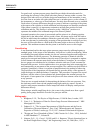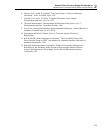
General Piston Pressure Gauge Considerations
Calculations 2
2-3
Measurement of pressure with the piston pressure gauge is subject to uncertainties
resulting from effects other than those of elastic distortion. But, it was appropriate that
the subject of elastic distortion be discussed first, since this characteristic is largely
responsible for the various designs that have been developed.
Measurement processes proposed for high accuracy are disturbed by limitations in the
performance of the equipment, by small changes in the environment, and by operational
procedures. The disturbances can be reduced to a degree by exercising control of the
apparatus. Some of the disturbances are difficult to control; it is easier to observe their
magnitudes and apply corrections for their effects.
The factors that affect a pressure measurement process when conducted with a piston
pressure gauge are described below. It is important that the operator is acquainted with
these factors and become accustomed to recognizing their presence. The success of the
measurement will depend upon the degree to which control has been maintained, or to the
completeness by which corrections were applied for these factors.
• Elastic distortions of the piston and cylinder.
• Effects of gravity on the masses.
• Temperature of the piston and cylinder.
• Buoyant effect of the atmosphere upon the masses.
• Hydraulic and gaseous pressure gradients within the apparatus.
Calculations
For a consolidation of these various corrections, see Appendix A of this manual.
Appendix A contains a Pressure Calculation Worksheet (both SI and English units) with
instructions. The Pressure Calculation Worksheet will step the user through the necessary
corrections as applied to calibrations with a piston pressure gauge.
Measurement of Pressure with the Piston Pressure Gauge
Pressure results from the application of a force onto an area. Numerically, it is the
quotient of the force divided by the area onto which it is applied:
A
F
P =
Where:
P
Represents the pressure
F Represents the force
A Represents the area



